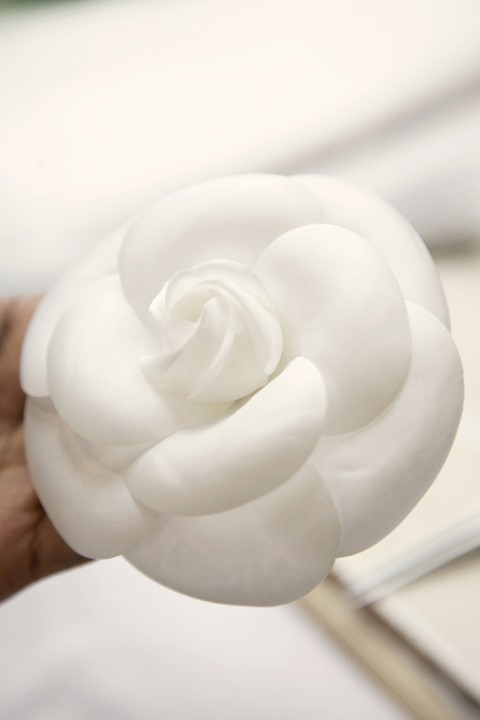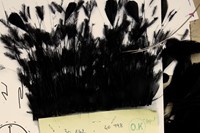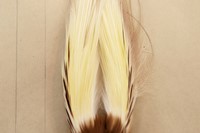Insiders visits the legendary Paris ateliers that provide Chanel with its finest details – this week, inimitable feather house Lemarié
Ever since Marie Antoinette added exotic plumes to her headdress to get herself noticed in 18th century French society, feathers have come to represent the ultimate in fantasy and female frivolity. But this recherché craft has dwindled over the years from nearly 500 ateliers in Paris in the 1920s to barely a handful now, chief of which is Maison Lemarié. Formed in 1880 as purveyors of ‘plumes-for-garments’ to department stores, the atelier started working with some of the most prestigious names in haute couture such as Balenciaga, Givenchy, Christian Dior and bien sur Coco Chanel when André Lemarié joined the family business in 1946.
In 2002, Chanel took the unprecedented step of purchasing Lemarié, in addition to six other struggling, highly specialised ateliers (boot makers, Massaro, goldsmiths Goossens, embroiderers Lesage, costume jewellery makers Desrues, milliners Maison Michel and floral fabric artisans Guillet) as part of PARAFFECTION in a bid to preserve the unique skills of these ateliers, thereby ensuring a future for haute couture. And while Chanel has ensured Lemarié’s continued existence by its generous act, it would seem it can’t always protect it from some of the more humble vagaries of nature. Instead of visiting the original atelier in the 1st Arrondissement, we are brought to a temporarily located workshop in an old Chanel Beauté factory on the Northern outskirts of Paris. “Wood mites,” Chanel’s PR tell us, explaining the original building was falling apart because of it, and that the search is now on for more suitably grand surroundings. But what it lacks in atmosphere, it more than makes up for in wonder. Stacked neatly in shelves from floor to ceiling are bags upon bags of feathers from every imaginable breed, often dyed in iridescent new colours. Engrossed in the painstaking task of selecting and individually attaching feathers to dresses and handbags are a surprisingly young team of artisans who are individually picked and trained in the craft from ages as young as 15. In another part of the atelier, workers create Chanel’s famous camellias (over 30, 000 are produced each year by Lemarié) out of silk, leather, velvet and chiffon.
We meet with its directrice generale, Nadine Dufat who’s just returned from lunch with Monsieur Lemarié himself. “He is good but nowadays he cannot come to the atelier,” says Dufat a little sadly. “After all he is 83!” And though in 1975, laws were passed to protect endangered species, allowing plumassierers to work only with feathers from farmed birds, Dufat pulls out a prized possession from the archive – feathers from the virtually extinct ‘Birds of Paradise’, its colours more vivid and fresh than anything man could hope to recreate. Recounting how the apricot tuft of feathers that Carmen Kass wafted down the runway in Chanel’s dreamlike S/S11 show took “hundreds of hours”, that’s nothing in comparison with the powder pink tulle and feather concoction worn by Nicole Kidman in the iconic Chanel No. 5 advert which took over six weeks to craft out of 50 metres of tulle and 200 ostrich feathers. Dufat points out the skills needed to be a master plumassier – “You need the eyes, the love of working with your hands and above all you need patience!”
It’s easy to see the pride each artisan takes in her work here. “Every time we finish the collection and have the opportunity to go to the show, it is fantastic,” enthuses Dufat. “We only work on a part of the dress and when we see it in the show, it is an achievement. We are very proud and happy.” And what does she see the future for this very particular craft, that much like haute couture has survived almost despite itself into the 21st century? “We have know-how,” Dufat states. “The fact that we have young people working here who all have the fashion mind, I think we can continue to be a very valuable source to work with designers.”
AnOther's next Chanel Metiers D'Arts instalment will be posted next Wednesday.
Special thanks to Marilyn Smith



